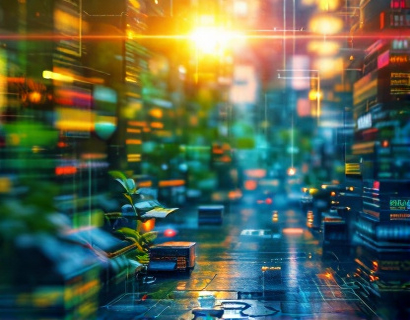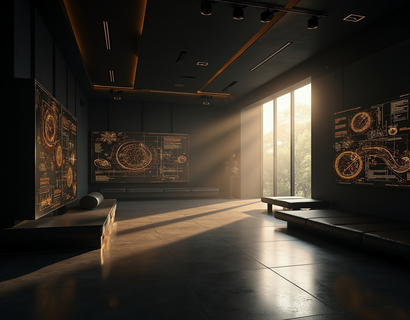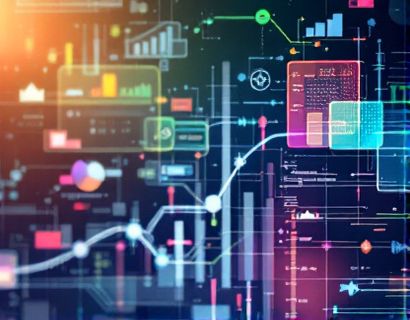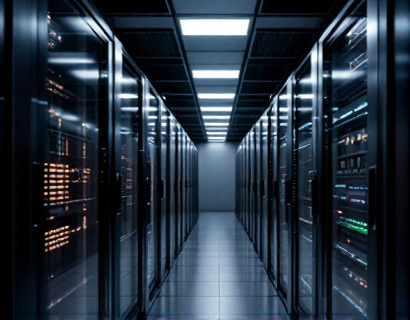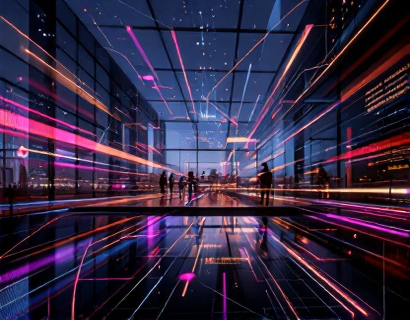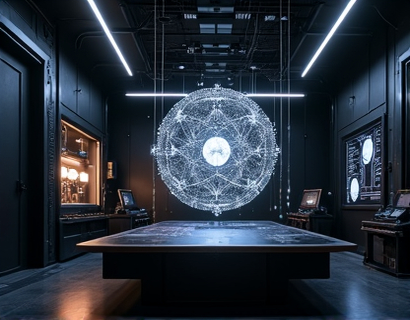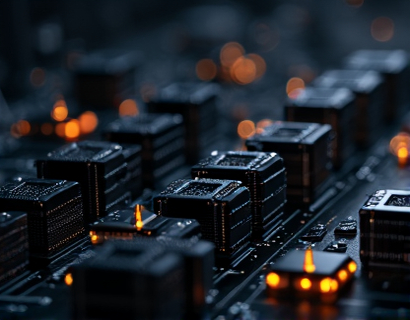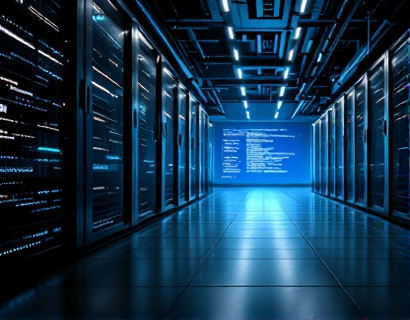Maximize Your Solarium's Potential: Cutting-Edge Tech for Optimal Indoor Plant Growth and Sustainability
In the realm of indoor gardening, the solarium stands as a testament to human innovation, offering a controlled environment where plants can thrive year-round, regardless of external weather conditions. To fully harness the potential of a solarium, integrating advanced technology is essential. This article delves into the cutting-edge solutions that transform light, climate, and automation into a symbiotic system, ensuring optimal plant growth and sustainability. By exploring these technologies, indoor gardening enthusiasts can create a high-tech garden oasis that not only meets but exceeds traditional gardening methods.
Optimizing Light for Plant Growth
Light is the primary energy source for photosynthesis, making it crucial for plant health and growth. In a solarium, artificial lighting systems can be tailored to mimic natural sunlight, providing the exact spectrum and intensity required by different plants. LED grow lights have revolutionized indoor gardening due to their energy efficiency and customizable spectra. Unlike traditional fluorescent or HID lights, LEDs emit less heat and consume less power, making them ideal for enclosed spaces. Advanced LED systems can be programmed to adjust light cycles and intensity based on the specific needs of the plants, ensuring they receive the optimal amount of light throughout their growth stages.
Furthermore, the use of smart lighting controllers allows for precise management of light exposure. These controllers can be integrated with sensors that monitor light levels, temperature, and humidity, adjusting the lighting accordingly to maintain ideal conditions. For instance, during the vegetative stage, plants require more blue light to promote leaf growth, while the flowering stage benefits from a higher ratio of red light. By automating these adjustments, gardeners can ensure their plants receive the perfect light spectrum at the right times, leading to healthier and more robust growth.
Climate Control for Ideal Growing Conditions
Maintaining the right climate within a solarium is equally important for plant health. Advanced climate control systems can regulate temperature, humidity, and air circulation to create an environment that is conducive to plant growth. These systems often include a combination of heating and cooling units, dehumidifiers, and fans to ensure consistent conditions.
One of the key technologies in climate control is the use of thermostats and sensors that provide real-time data on environmental conditions. These devices can be connected to a central control system, allowing for automated adjustments. For example, if the temperature rises above a set threshold, the system can activate cooling mechanisms such as fans or evaporative coolers. Similarly, if the humidity becomes too high, dehumidifiers can be triggered to remove excess moisture, preventing the growth of mold and fungi.
Another innovative approach is the implementation of zone control systems, which divide the solarium into distinct areas, each with its own climate settings. This allows for more precise management, as different plants may have varying requirements. For instance, tropical plants might need higher humidity and warmer temperatures, while succulents prefer drier conditions. By creating these zones, gardeners can tailor the environment to the specific needs of each plant, leading to better overall health and productivity.
Automation for Effortless Gardening
Automation is the backbone of a modern solarium, streamlining tasks and reducing the workload for gardeners. Automated irrigation systems, for example, ensure that plants receive the right amount of water at the right times. These systems can be connected to soil moisture sensors that detect when the soil is dry, triggering the irrigation system to water the plants. This not only conserves water but also prevents overwatering, a common issue in manual watering.
Fertigation, the process of delivering nutrients directly to the plant roots through the irrigation system, is another automated solution. By integrating nutrient dispensers with the irrigation system, gardeners can provide plants with a balanced diet, adjusting the nutrient concentration based on the plants' growth stages. This precision feeding leads to healthier plants and higher yields.
Robotic gardening assistants are also becoming increasingly popular. These devices can perform tasks such as pruning, weeding, and even pollination. For instance, small robots equipped with sensors and cutting tools can identify and remove weeds without disturbing the desired plants. Pollination robots can mimic the actions of bees, ensuring that flowers are pollinated even in environments where pollinators are scarce.
Sustainability in Indoor Gardening
Sustainability is a critical consideration in modern gardening, and technology plays a pivotal role in making indoor gardens more eco-friendly. One of the most significant benefits of using advanced technology in solariums is the reduction of resource consumption. LED lights, for example, are not only energy-efficient but also have a longer lifespan compared to traditional lighting, reducing the need for frequent replacements and minimizing electronic waste.
Water conservation is another area where technology shines. Closed-loop irrigation systems recycle water, ensuring that every drop is used efficiently. These systems collect and filter runoff, allowing it to be reused for watering plants. Additionally, rainwater harvesting systems can be integrated to collect and store rainwater, further reducing the reliance on municipal water supplies.
Composting and waste management technologies also contribute to a sustainable solarium. Automated composting units can process organic waste, converting it into nutrient-rich compost that can be used to enrich the soil. This closed-loop approach minimizes waste and provides a natural source of nutrients for the plants, reducing the need for chemical fertilizers.
Customizable Solutions for Unique Needs
Every indoor garden is unique, with different plants and gardeners having specific requirements. Advanced technology allows for highly customizable setups that can be tailored to meet these individual needs. Smart gardening platforms, for instance, offer user-friendly interfaces where gardeners can input their specific plant types, growth stages, and environmental preferences. Based on this information, the system generates a customized plan for light, climate, and nutrition, adjusting settings as needed to ensure optimal growth.
Modular design is another key aspect of customizable solarium technology. Gardeners can choose from a range of modular components, such as adjustable shelving, variable lighting panels, and zone-specific climate control units. These modules can be combined and reconfigured as the garden evolves, allowing for flexibility and scalability. This modular approach not only simplifies installation but also makes it easier to upgrade or modify the system over time.
Integration of IoT and AI
The Internet of Things (IoT) and Artificial Intelligence (AI) are transforming indoor gardening by providing real-time data and intelligent decision-making. IoT devices, such as sensors and smart controllers, collect data on various environmental factors and send it to a central hub for analysis. This data can be accessed through mobile apps or web interfaces, allowing gardeners to monitor and manage their solariums remotely.
AI algorithms can analyze this data to predict plant needs and optimize growing conditions proactively. For example, an AI system can detect early signs of nutrient deficiencies or pest infestations and recommend corrective actions. Machine learning models can also learn from past data to improve future predictions and adjustments, making the gardening process more efficient and effective.
Conclusion
By embracing cutting-edge technology, indoor gardeners can transform their solariums into high-tech ecosystems that maximize plant growth and sustainability. From advanced lighting and climate control to automation and customizable solutions, these technologies offer a comprehensive approach to indoor gardening. As the field continues to evolve, the potential for innovation in this space is vast, promising even more exciting developments in the future. Whether you are a seasoned gardener or a beginner, integrating these technologies can elevate your indoor gardening experience, creating a thriving and sustainable oasis in the heart of your home.




